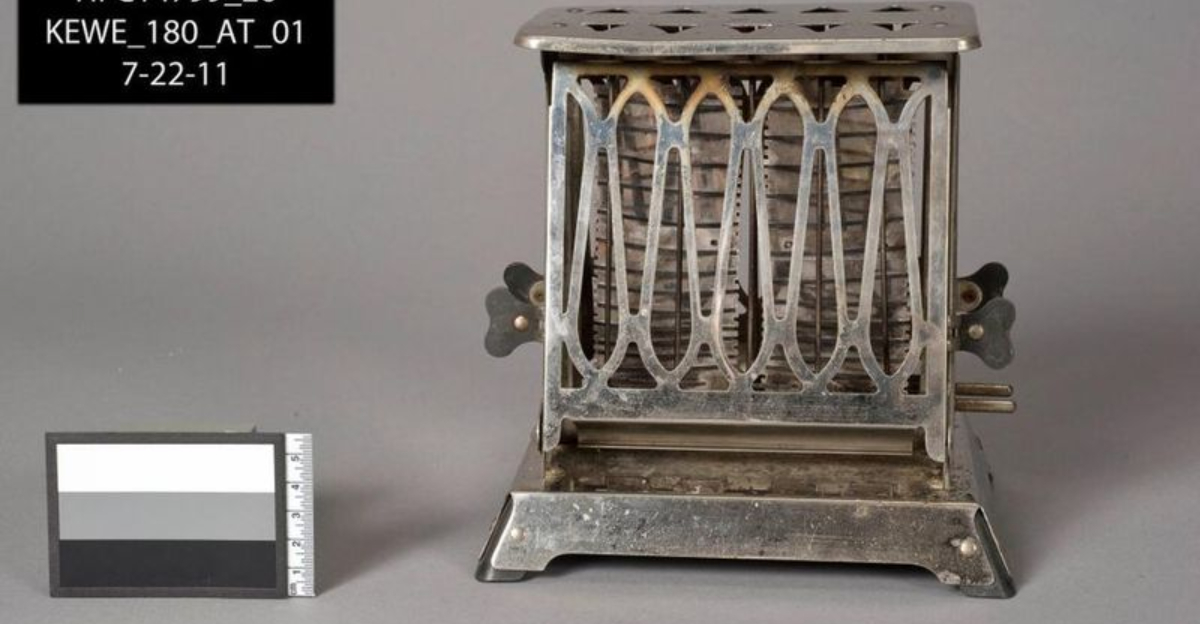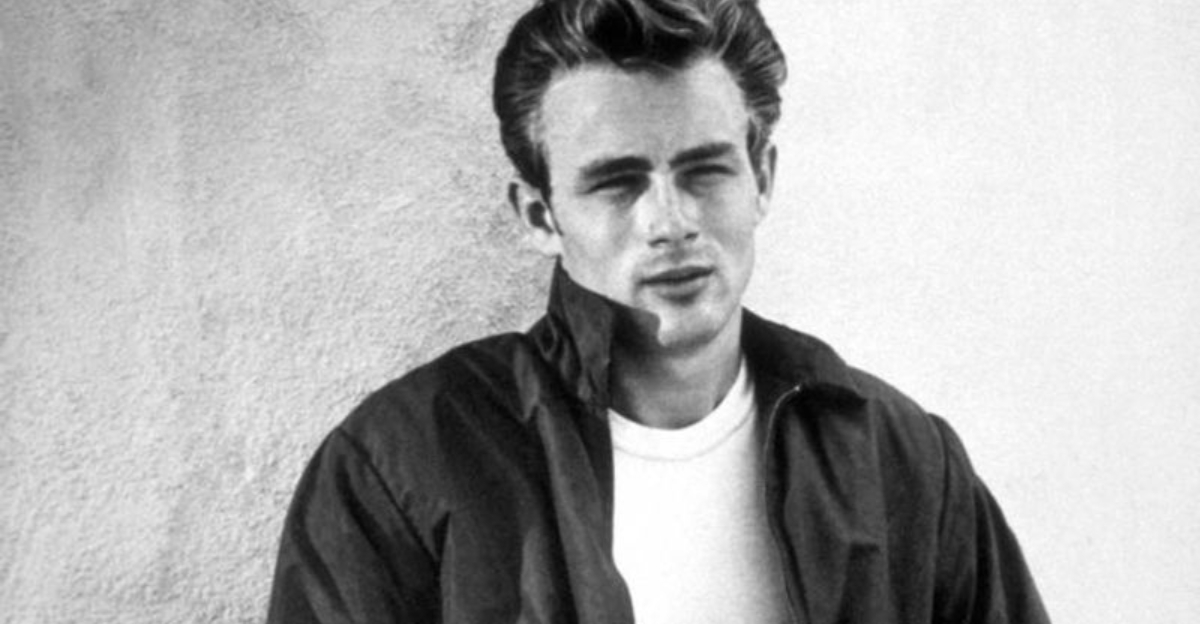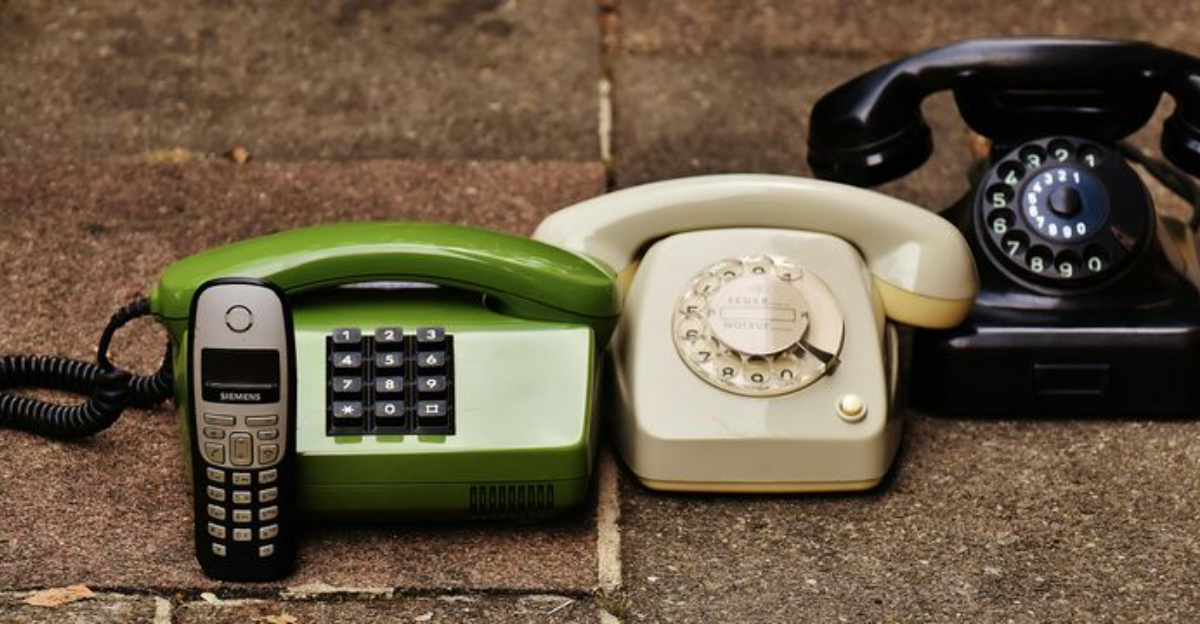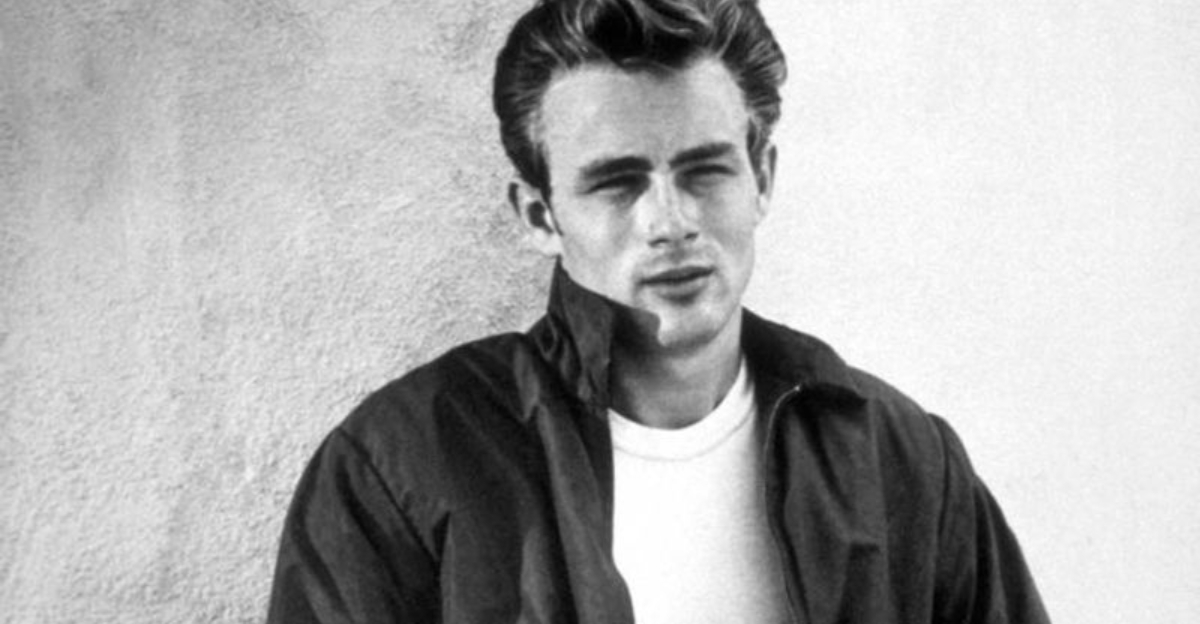20 Classic Candy Bars From The ’50s You Might Remember
Remember when candy bars cost just a nickel and tasted like pure happiness?
The 1950s brought us some of the most beloved treats that still make our mouths water today.
Many of those sweet creations are still around, reminding us of simpler times when choosing between peanuts and caramel was the toughest decision of the day.
1. Baby Ruth

Packed with peanuts, caramel, and nougat, this chunky treat became a lunchbox legend during the 1950s. Kids everywhere debated whether it was named after the baseball legend or President Cleveland’s daughter.
Either way, nobody cared once they bit into that rich, chewy center. Satisfying cravings since 1921, it hit peak popularity when post-war America couldn’t get enough of its nutty goodness.
2. Butterfinger
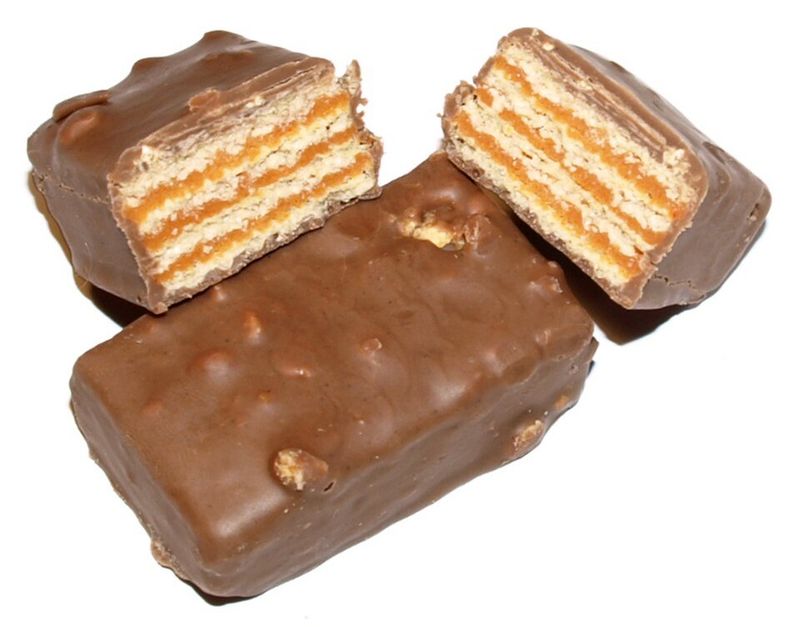
Crunchy, flaky, and utterly addictive, Butterfinger won hearts with its unique texture that stuck to every tooth. Nobody could lay a finger on this butterscotch-flavored marvel without getting hooked instantly.
Invented in 1923, it became a fifties favorite when families gathered around black-and-white TVs munching these golden delights. That crispy peanut butter core remains unmatched even today.
3. Clark Bar

If you loved peanut butter and crunch combined, Clark Bar was your dream come true in the fabulous fifties. Introduced way back in 1917, it gained serious traction when soldiers returning from war craved that familiar taste.
Crispy, sweet, and covered in smooth chocolate, every bite delivered pure nostalgia. Sadly, production stopped and started over the years, making it a treasured memory.
4. Oh Henry!

Bursting with peanuts, caramel, and fudge, Oh Henry! delivered maximum flavor in every square inch. Legend says it was named after a boy who flirted with factory workers, though nobody knows if that’s really true.
What we do know is that fifties kids adored its chewy, nutty combination that felt like getting four candies in one. Perfect after school or during Saturday matinees!
5. Milky Way

Smooth as silk and rich as a dream, Milky Way brought chocolate-covered nougat and caramel to grateful taste buds everywhere. Launched in 1923, it skyrocketed in popularity when the Space Age captured everyone’s imagination during the fifties.
Kids pretended they were astronauts while devouring its fluffy interior. Lighter than most bars but just as satisfying, it became an iconic American treat that crossed generations effortlessly.
6. Snickers

When hunger struck in the fifties, Snickers answered the call with peanuts, nougat, caramel, and chocolate all rolled into one glorious bar. Named after a beloved horse on the Mars family farm, it galloped into hearts nationwide.
Introduced in 1930, it became a fifties staple because it actually filled you up between meals. Substantial, delicious, and endlessly craveable, it earned its spot as America’s favorite.
7. 3 Musketeers

Light, airy, and surprisingly filling, 3 Musketeers charmed candy lovers with its whipped chocolate nougat wrapped in a chocolate coat. Originally it came in three pieces with different flavors, hence the swashbuckling name.
By the fifties, it slimmed down to one fluffy bar that felt like eating a chocolate cloud. Kids loved how it melted slowly, making every bite last longer during movie nights.
8. Mounds
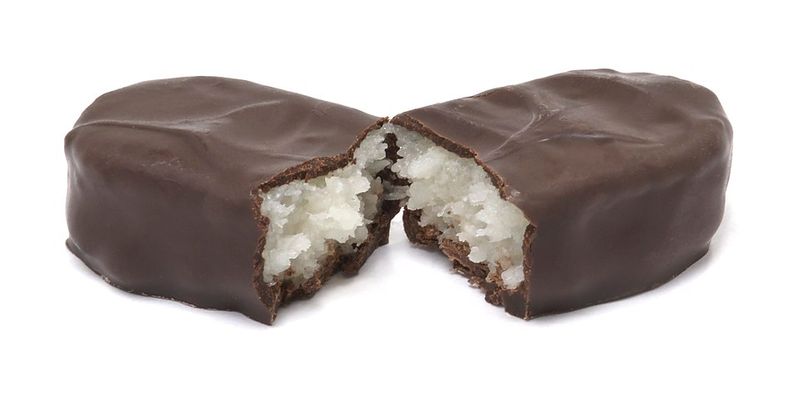
Dark chocolate lovers rejoiced when Mounds delivered rich cocoa wrapped around sweet, shredded coconut. Sometimes you felt like a nut, sometimes you didn’t, and this bar catered perfectly to the latter mood.
Introduced in 1920, it became a fifties sensation when coconut symbolized tropical paradise and exotic vacations. Simple yet sophisticated, it offered a taste escape without leaving your hometown soda fountain.
9. Almond Joy
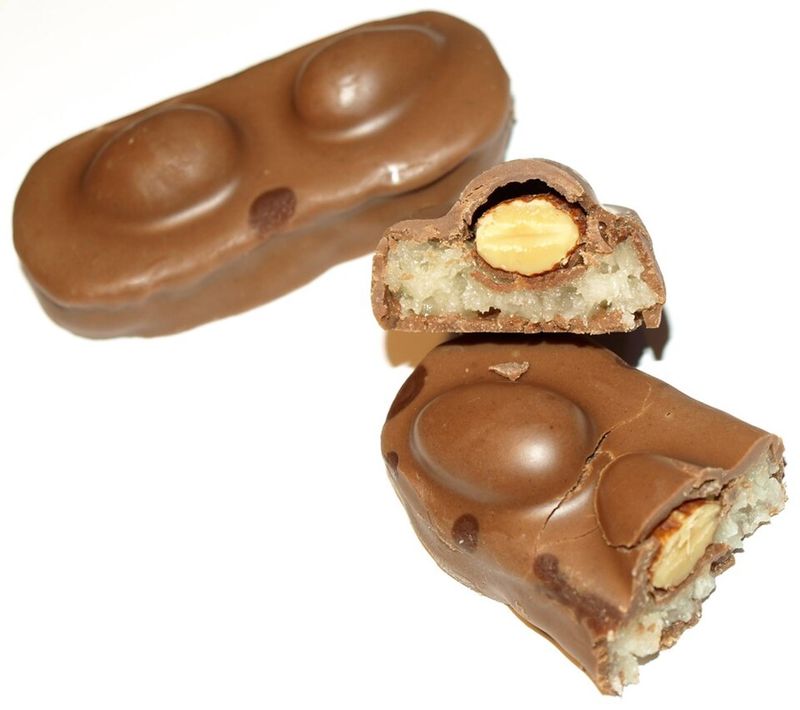
When you did feel like a nut, Almond Joy stepped up with whole almonds nestled in sweet coconut and covered in milk chocolate. Introduced in 1946, it hit its stride during the prosperous fifties when families could afford little luxuries.
Each bite offered textural heaven with crunchy nuts, chewy coconut, and smooth chocolate. Vacation vibes came standard with every bar, no plane ticket required whatsoever!
10. Heath Bar

Butterscotch toffee covered in creamy milk chocolate made Heath Bar an instant classic when it appeared in the 1920s. By the fifties, it represented sophistication and elegance, like wearing your Sunday best while enjoying a treat.
Crunchy without being jaw-breaking, it melted beautifully and left you wanting more. Perfect alongside coffee or as a fancy dessert, it elevated candy bar status everywhere.
11. Bit-O-Honey
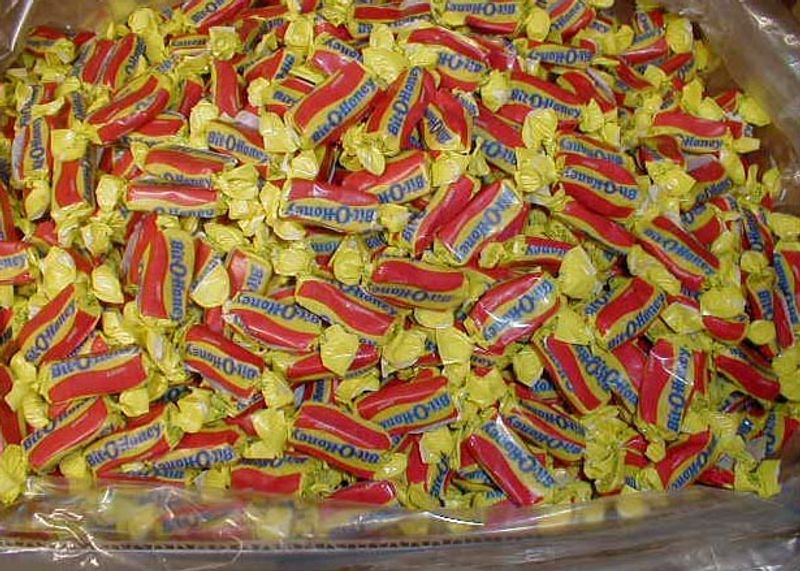
Chewy honey taffy studded with almond bits created a unique experience that lasted forever in your mouth. Introduced in 1924, Bit-O-Honey became a fifties favorite because it stretched your allowance further than quick-melting chocolates.
Each piece required serious jaw work, making it entertainment and snack combined. Sweet without being overwhelming, it tasted like liquid sunshine captured in golden candy form.
12. Zero

White fudge, caramel, peanut butter, and almond nougat combined to create something truly different in the candy aisle. Launched in 1920, Zero stood out visually with its pale coating when everything else wore brown chocolate.
Fifties kids appreciated its rebel status and complex flavor profile that kept taste buds guessing. Creamy meets crunchy in a bar that defied all conventional candy expectations beautifully.
13. Payday

Rolled entirely in salted peanuts with a sweet caramel center, Payday offered protein and energy when you needed it most. Introduced in 1932 during tough economic times, it symbolized honest work and fair reward.
By the fifties, workers and students alike relied on its substantial heft to power through long days. No chocolate meant it wouldn’t melt in your pocket during hot summer adventures either!
14. Charleston Chew
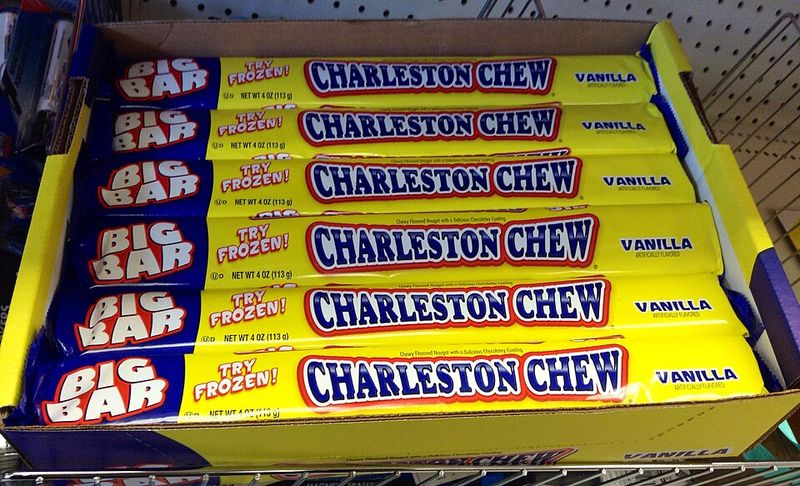
Named after the popular dance craze, Charleston Chew brought vanilla nougat covered in chocolate to eager hands in 1925. Fifties teenagers loved freezing it solid and letting it slowly thaw while chatting at the malt shop.
Chewy when warm, brittle when frozen, it offered versatile fun depending on your mood. Strawberry and chocolate flavors joined vanilla, giving everyone a favorite to call their own with enthusiasm.
15. Milk Duds

Round, chewy, and covered in chocolate, Milk Duds became the ultimate movie theater companion during the golden age of cinema. Introduced in 1926, they earned their name because the spheres never came out perfectly round.
Fifties audiences loved how they lasted through double features without dissolving too quickly. Caramel and chocolate combined in bite-sized portions that rattled pleasantly in their iconic yellow box throughout every showing.
16. Whatchamacallit
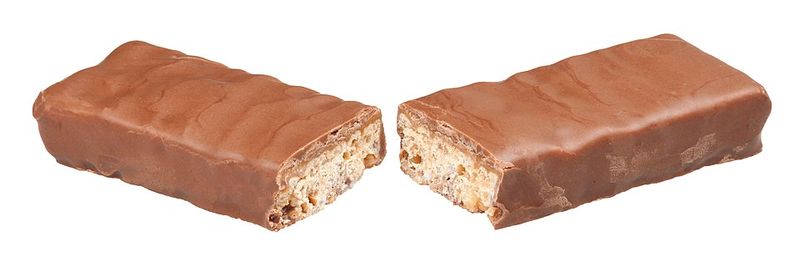
Actually introduced much later in 1978, Whatchamacallit wasn’t around during the fifties despite its old-fashioned name. However, its peanut butter crisp and chocolate combination echoed classic flavors that fifties candy lovers would have absolutely adored.
The playful name captured that moment when you couldn’t remember what something was called. Crunchy, sweet, and fun, it carried forward the spirit of creative candy innovation from earlier decades.
17. Rocky Road

Marshmallow, nuts, and chocolate came together in bumpy, delicious harmony that mimicked the popular ice cream flavor. While various versions existed, the fifties saw several companies creating their own rocky road bars to capitalize on the trend.
Each bite delivered textural surprises with soft and crunchy elements competing for attention. Named after rough terrain, it ironically made life’s journey much sweeter and more enjoyable overall.
18. Rolo
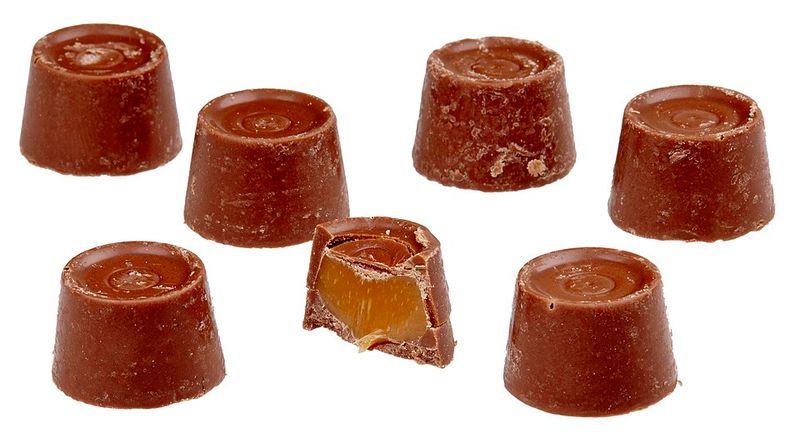
Made in England during 1937, Rolo reached American shores and became a fifties sensation with its caramel-filled chocolate cups. Each piece offered a gooey surprise center that oozed out when you bit down carefully.
Sharing them became a gesture of true friendship, though most people secretly wanted to keep them all. Small, elegant, and perfectly portioned, they made you feel fancy even in everyday situations around town.
19. Sugar Daddy
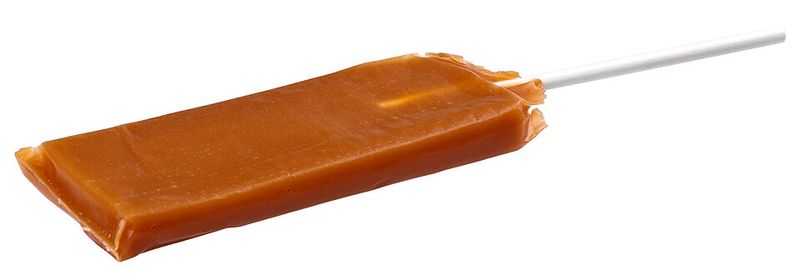
Long-lasting caramel on a stick, Sugar Daddy kept kids occupied for ages with its slow-melting sweetness. Introduced in 1925, it became a fifties staple because parents appreciated how one piece lasted through entire car trips.
Chewy enough to work your jaw but not so hard it hurt, it hit the perfect consistency sweet spot. Licking it made it last even longer, turning a simple candy into an afternoon adventure.
20. Goo Goo Cluster

Born in Nashville in 1912, Goo Goo Cluster combined caramel, marshmallow, peanuts, and milk chocolate into a round, messy masterpiece. By the fifties, it represented Southern charm and hospitality wrapped in wax paper.
Eating one required strategy because it melted quickly and got everywhere, but nobody minded the sticky fingers. Regional pride made it extra special, proving that sometimes local favorites beat national brands hands down every time.

